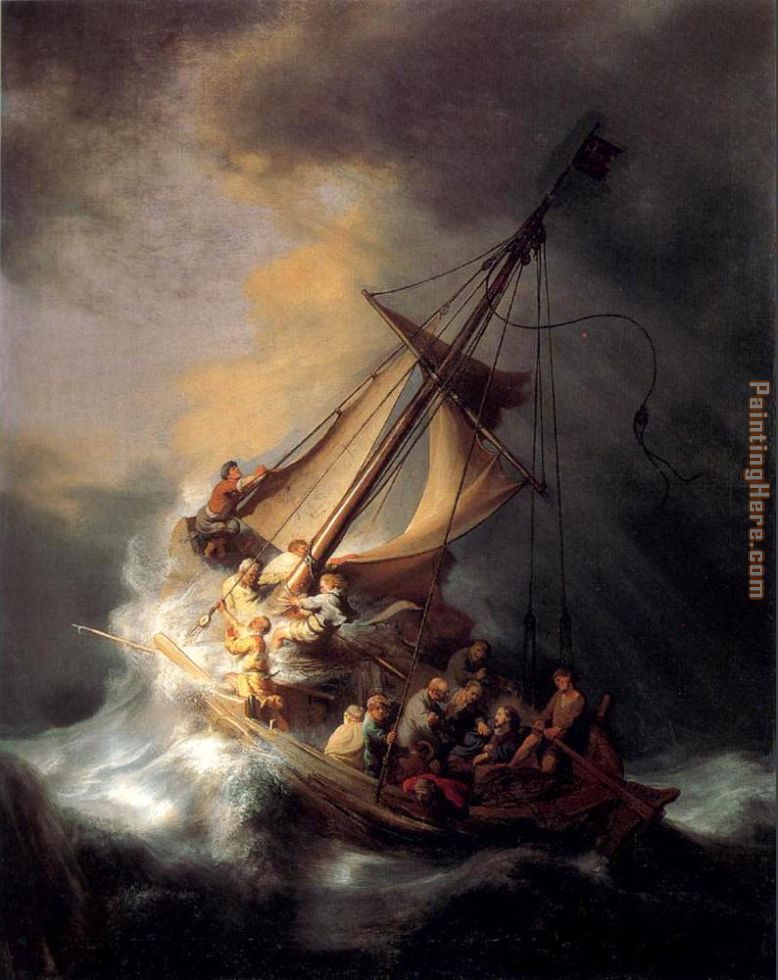CXVI
Let me not to the marriage of true minds
Admit impediments. Love is not love
Which alters when it alteration finds,
Or bends with the remover to remove:
O no! it is an ever-fixed mark
That looks on tempests and is never shaken;
It is the star to every wandering bark,
Whose worth's unknown, although his height be taken.
Love's not Time's fool, though rosy lips and cheeks
Within his bending sickle's compass come:
Love alters not with his brief hours and weeks,
But bears it out even to the edge of doom.
If this be error and upon me proved,
I never writ, nor no man ever loved.
I love this sonnet. We read it in class for Valentine's Day, and I instantly fell in love with it. So I decided to make this my close read text. To start with, I looked up an article with tips on how to close read a text properly. In that text, there was basically a bit of an outline for how to look over this very sonnet. The article said to pay attention to a few key things:
1. form
2. rhyme scheme
3. repetition
4. metaphor
The first thing to note is the repetition of love, alters/alteration, and remover/remove. Since a sonnet is so short, the words chosen to be included in the sonnet are very important. The repetition causes the reader to stop and pay attention to the main themes of this sonnet. The next thing I noticed was the rhyme scheme. "Ever fixed mark" and "every wandering bark" are paired together in a rhyme scheme. Notice that they are both opposites. One is fixed, one is wandering, bringing a sense of contrast and comparison. "Rosy lips and cheeks" is paired with "brief hours and weeks", which conveys to the reader that fleeting things such as rosy lips and cheeks are only temporary, and if that is all that you base love on it will fade in "brief hours and weeks" as well. The next lines that are paired are "sickle's compass come" and "edge of doom". Shakespeare is showing the reader that when time and age come to a "love that is not love", one that is based on "rosy lips and cheeks", doom comes to that relationship, and it ends. The use of metaphors such as tempests and the heavens suggest forces that are powerful and unalterable. Love, true love, is also such a force.
